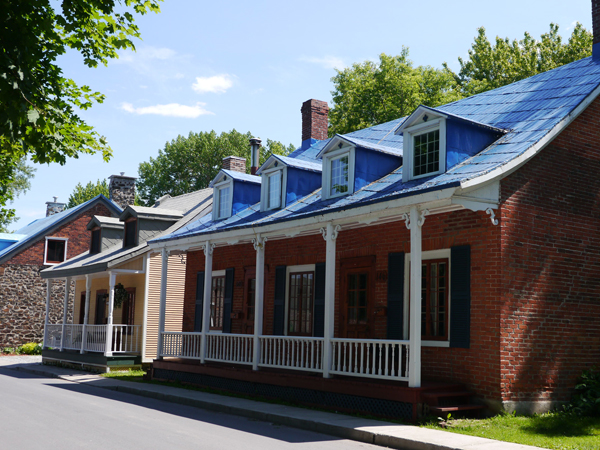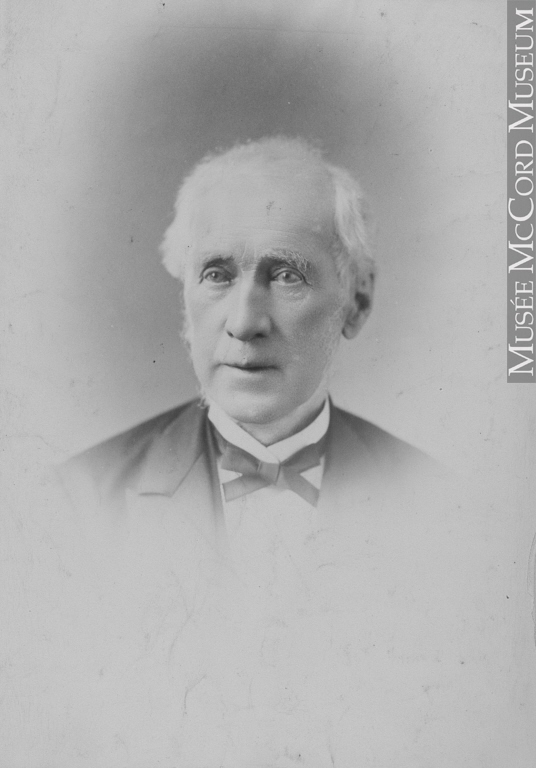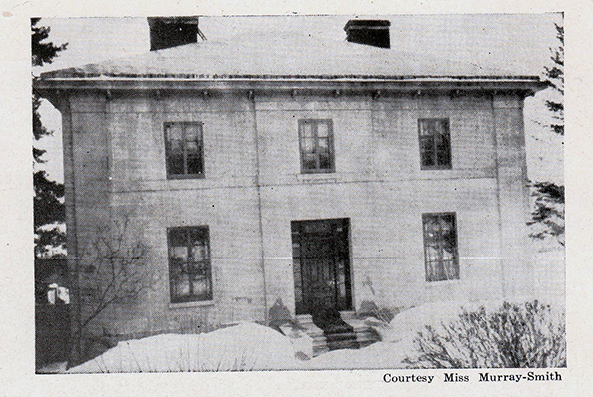Researching the story of Lucie Bagg, the daughter of my four-times great-grandfather Phineas Bagg, was complicated, but writing about Lucie’s mother has been even more challenging. I was even confused about her mother’s name: I knew that her last name was Langworthy, but was her first name Ruth or Lucy?
I eventually concluded that it was Ruth for reasons I’ll explain later. Meanwhile, I am pretty sure that Ruth grew up in Pittsfield, MA, and that she moved with Phineas from Pittsfield to La Prairie, Lower Canada, around 1795.
Phineas’ first wife, Pamela Stanley, had probably died between 1792 and 1794, years when there was so much sickness and death in Pittsfield that the minister gave up recording the names of the deceased.1 Phineas was left to bring up four children between the ages of about two and 13.
He soon got into debt and lost his farm to repay his creditors. With nothing left, he must have decided to leave Pittsfield with his children and Ruth, traveling up the Hudson River toward Lake Champlain and Canada.

They settled in La Prairie, on the south shore of the St. Lawrence River near Montreal, where Phineas became an innkeeper. There, Ruth’s name appears in the baptismal records of their two children. These records are the only times her name appears in any official documents, but they are also the source of the confusion about her first name.
When baby Lucie Bagg was baptized on 12 January, 1798, the priest wrote the mother’s name as Luce Langworthy. When son Louis Bagg was baptized on 17 March, 1800, and when he was buried several days later, his mother’s name appeared as Ruth Langworthy.2
Here’s my theory: both children were baptized at Notre-Dame-de-La Prairie-de-la-Madeleine church in La Prairie, a Catholic church in a town where most of the population, including the priest, spoke French. The “th” sound is not used in French. Perhaps when the priest asked the mother’s name, he misunderstood the reply and wrote Luce instead of Ruth. That is one reason why I have concluded that her name was Ruth.
There is evidence for the existence of a Ruth Langworthy around that time and place,3 with several references to Ruth Langworthy of Pittsfield, MA in the genealogies section of www.familysearch.org. These genealogies, submitted by users, identify her parents as Andrew Langworthy and Ruth Brown. One submission says she was born in 1771. Several others say she was born in 1768 and married James Rathbone (or Rathbun) in 1787. One says she died in 1788.
The Langworthy Family; some descendants of Andrew and Rachel (Hubbard) Langworthy who were married at Newport, Rhode Island, November 3, 1658, compiled byWilliam Franklin Langworthy and found in the New England Historic Genealogical Society library in Boston, notes that Andrew Langworthy was in Pittsfield in the 1790s. It says Andrew was born in 1741 in Stonington, CT and died 1808 in Pittsfield, MA and his wife, Ruth Brown, was born in 1743 in Plainfield, CT and died in 1825, Utica, NY. The book says the family must have been in Pittsfield by 1790 because Andrew, a Baptist, refused to pay a tax levied on all inhabitants to build a Congregational church there. It lists 11 children, including Ruth and another child named Ruey (could this be Lucy?), with no birth dates for either of them.4
I explored the possibility that the mother’s name could have been Lucy for two reasons: because her daughter was named Lucie (with the French spelling), and because a well-sourced family tree calls her Lucy. The Adams Family Tree, a public member tree on Ancestry.ca,5 has several sources for Lucie Bagg, including her baptism record, but I suspect the compiler did not see the baptism and death records of Lucie’s little brother.

There is one thing I am sure of. Phineas Bagg and Ruth Langworthy were not married. In her 1856 will,6 Phineas’ daughter Sophia Bagg, widow of Gabriel Roy, left a bequest to Lucie Bagg, identifying her as “fille naturelle du feu M. Phinehas Bagg, mon père,” (natural daughter of gentleman Phinehas Bagg, my father). The term “natural” invariably referred to an illegitimate child.7
Perhaps Phineas and Ruth did not have time to arrange a wedding. Or maybe their relationship was more about convenience than love. Phineas must have needed a partner to help establish the family in a new place, and perhaps Ruth was keen to start a new life. The other possibility – and this is pure speculation since I do not know the death dates of Pamela Stanley or of James Rathbone — is that either Ruth or Phineas was still married. I have been unable to discover the time and place of Ruth’s death.
See also:
Janice Hamilton, “An Economic Emigrant,” Writing Up the Ancestors, Oct. 16, 2013, https://www.writinguptheancestors.ca/2013/10/an-economic-emigrant.html
Janice Hamilton, “Lucie Bagg: Her Story,” Writing Up the Ancestors, March 30, 2016, https://www.writinguptheancestors.ca/2016/03/lucie-bagg-her-story.html
Janice Hamilton, “Who Was Phineas Bagg?” Writing Up the Ancestors, Oct. 11, 2014, https://www.writinguptheancestors.ca/2014/10/who-was-phineas-bagg.html
Photo credit: Janice Hamilton
portrait of Phineas Bagg, artist and date unknown; Bagg family collection
Notes and Footnotes:
- Rollin Hillyer Cooke, “Records of the First Church, Pittsfield, Mass” Rollin H. Cooke Collection, Berkshire County, MA, [microfilm, reel 2, vols 26 and 27], Salt Lake City, Utah: Genealogical Society, 1961. I went through this manuscript at the archives of the New England Historic Genealogical Society. For many years, the minister of the First Church, Pittsfield carefully recorded the deaths in the community, noting the cause of death for many individuals. But in 1792, he simply wrote, “lost about 30 persons.” Similarly, 26 persons died in 1793 with no names or details recorded, and in 1794, he wrote, “lost 36 persons, 14 being grown up.”
- “Quebec, Canada, Vital and Church Records (Drouin Collection), 1621-1968” [database on-line]. Ancestry.com, www.ancestry.ca (accessed 8 April, 2016), Gabriel Drouin, comp. Drouin Collection. Montreal, Quebec, Canada: Institut Généalogique Drouin. La Prairie did not have a Protestant church at the time, so the children were baptized at the local Catholic church.
- I searched for both Ruth Langworthy and Lucy Langworthy on www.ancestry.ca, www.findmypast.com, wwwamericanancestors.org (the website of the New England Historic and Genealogical Society) and www.familysearch.org. I found no results for Lucy at all, and all results for Ruth were in user-submitted collections.
- William Franklin Langworthy, compiler. The Langworthy Family; some descendants of Andrew and Rachel (Hubbard) Langworthy who were married at Newport, Rhode Island, November 3, 1658. Hamilton, N.Y.: W.F. and O.S. Langworthy, publishers, 1940. p. 249-250.
- “Public Member Trees,” [database] www.Ancestry.ca,Adams Family Tree, Stuart Lauters compiler http://person.ancestry.ca/tree/16093254/person/1077026843/facts (accessed 28 Feb. 2016).
- Labadie, Joseph-Augustin, # 14278, 18 Mai 1856. Bibliothèque et Archives nationales du Québec.
- Two articles that explain the use of the term “natural” child are: Judy G. Russell, “The Natural Son,” The Legal Genealogist(blog), March 28, 2012, http://www.legalgenealogist.com/blog/2012/03/28/the-natural-son/ (accessed April 12, 2016) and Donna Przecha, “Illegitimate Children and Missing Fathers. Working Around Illegitimacy,” Genealogy.com (blog), http://www.genealogy.com/articles/research/52_donna.html (accessed April 12, 2916).


